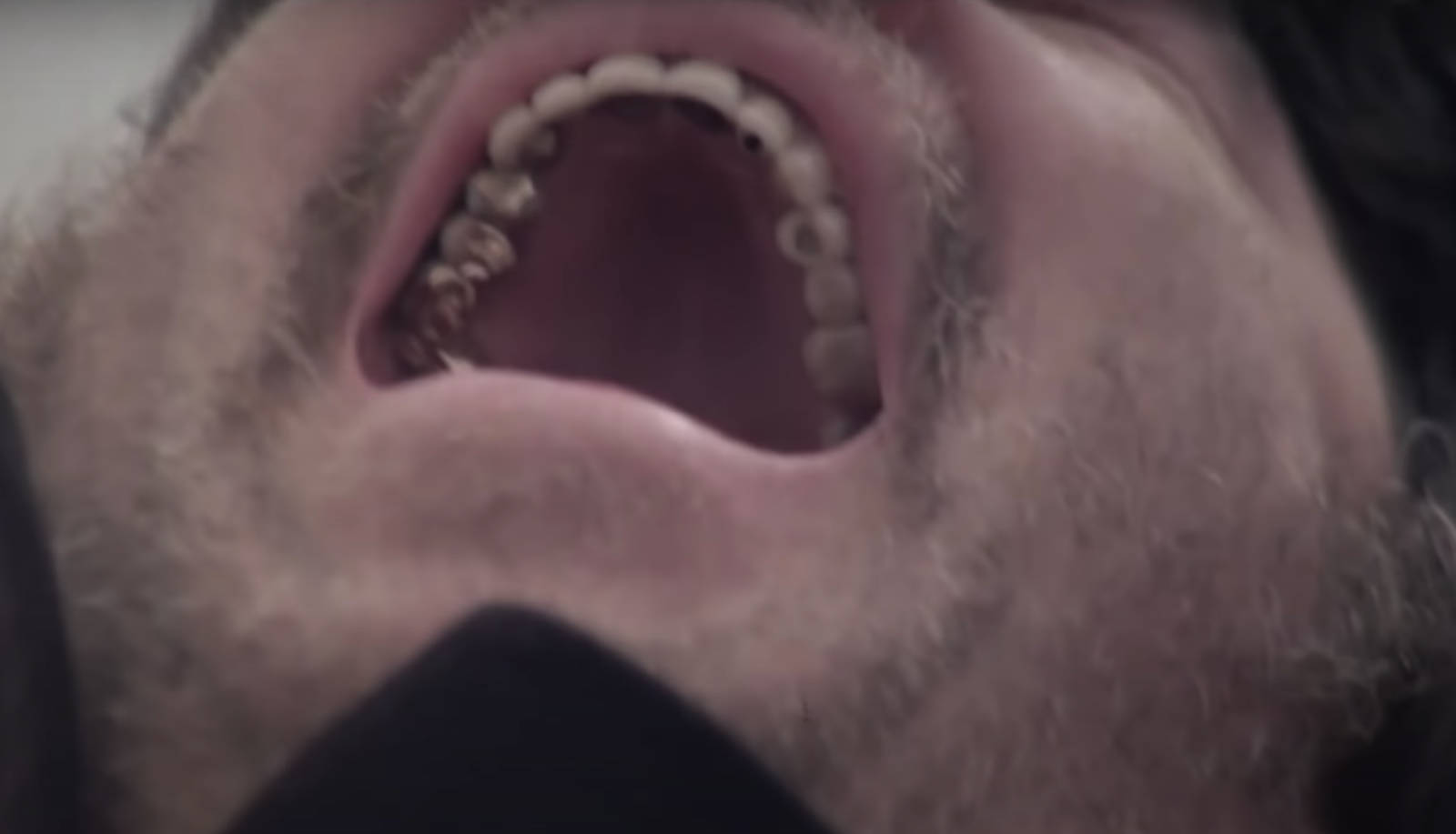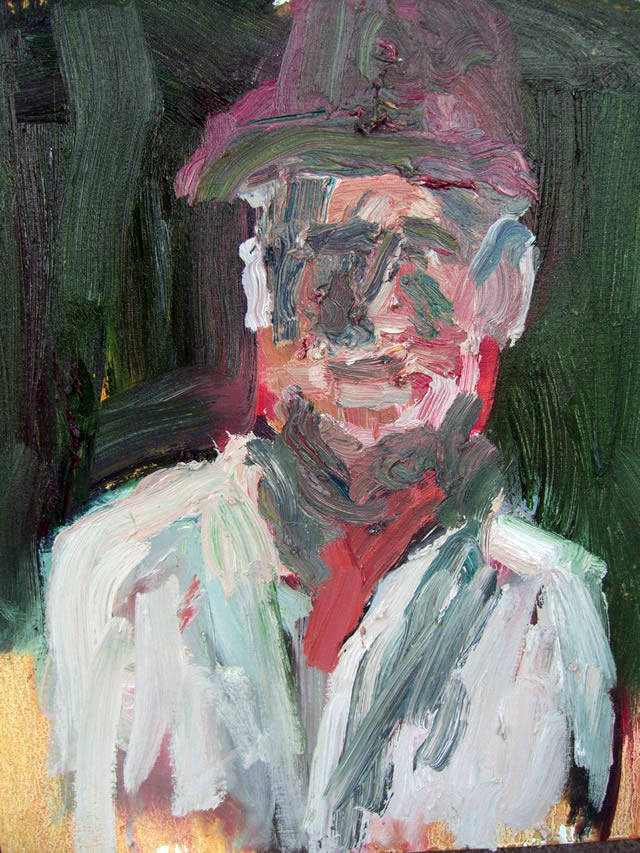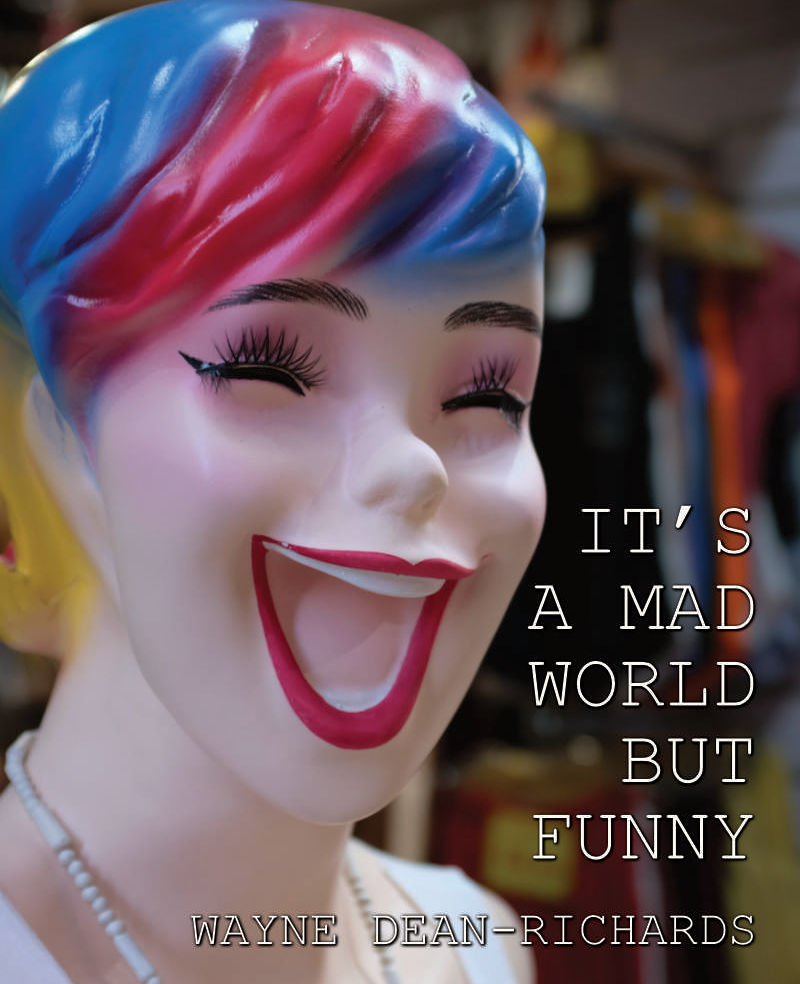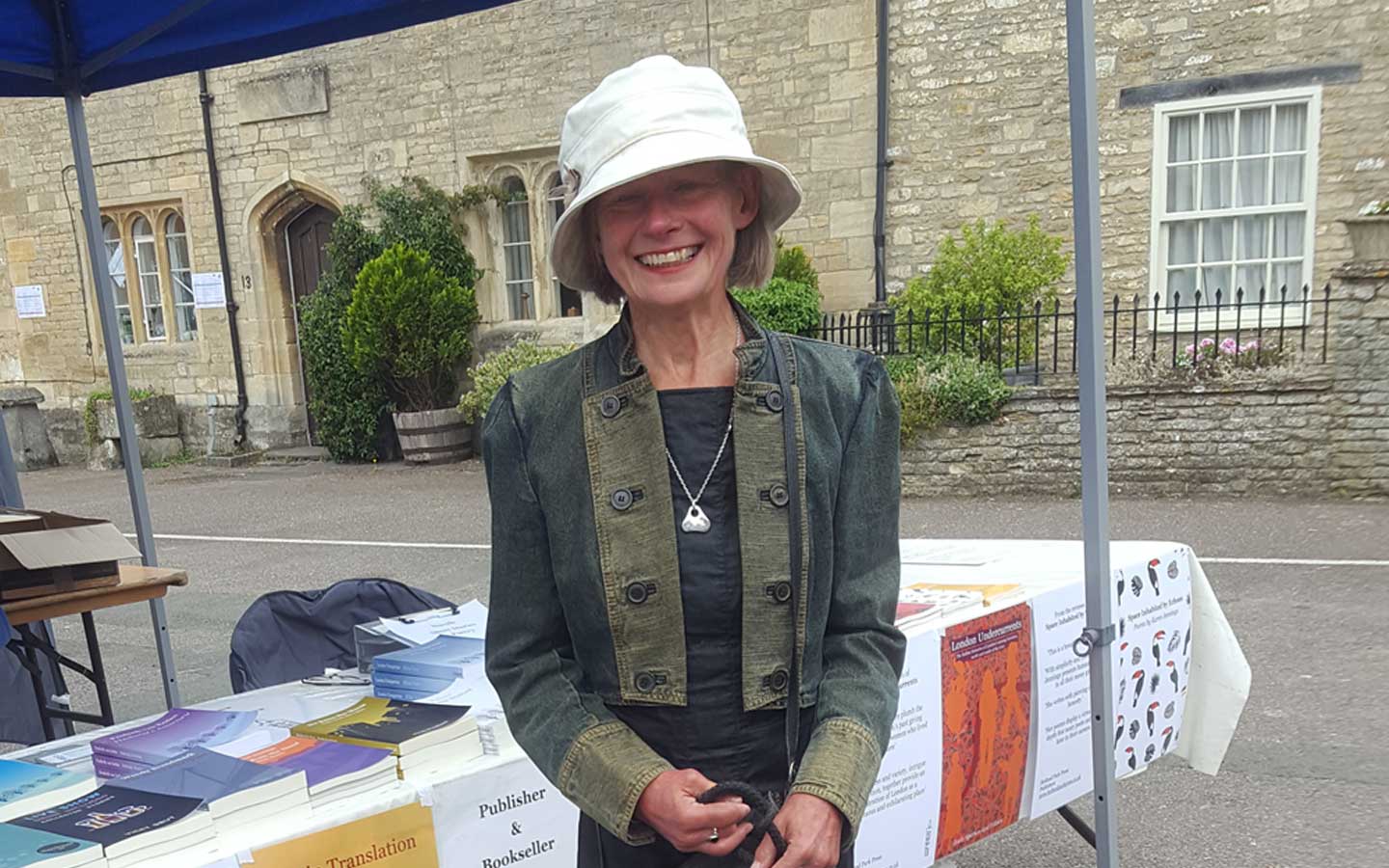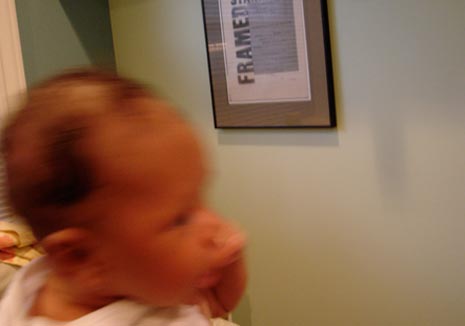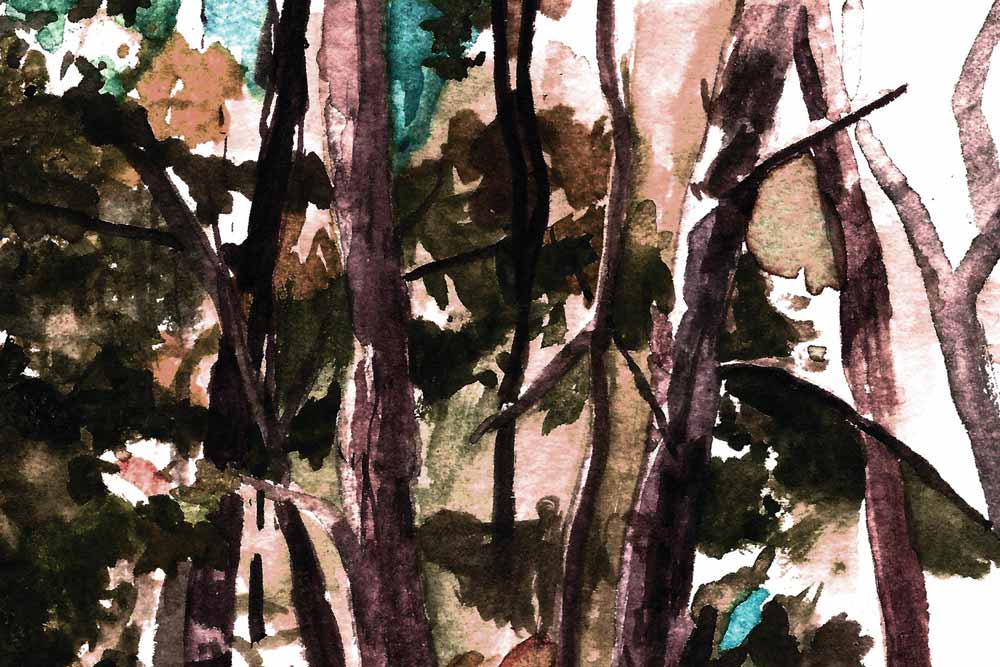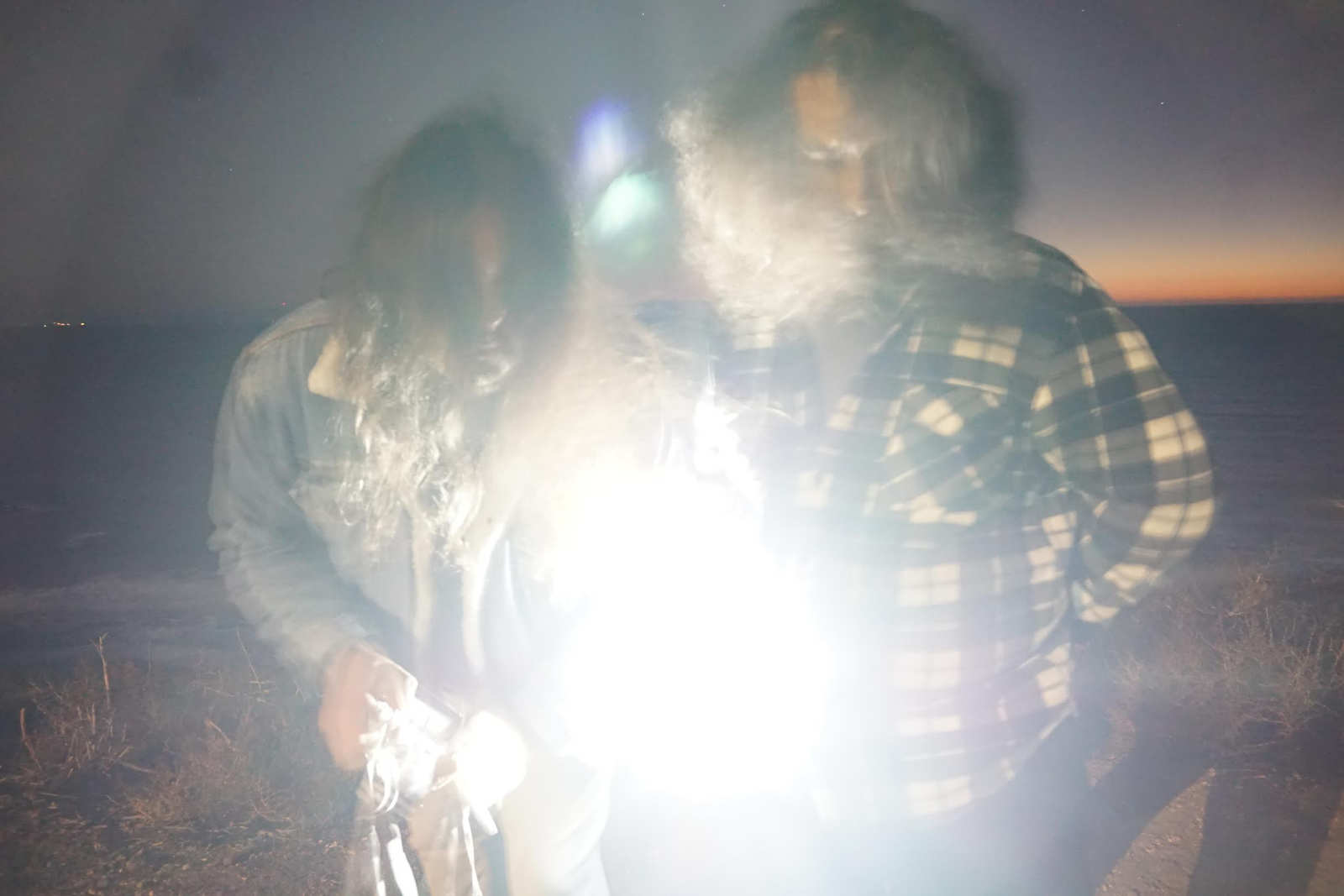The World We Knew, the brand new movie from Powis Square Pictures is out in the USA on DVD and TVOD. A dark modern noir with a supernatural twist, the film was shot entirely in a haunted 16th Century manor house near Colchester (see our review here). We asked the Powis Square boys to come up with some magic fives and here is the second. British Ghost films.
“The oldest and strongest emotion of mankind is fear, and the oldest and strongest kind of fear is fear of the unknown.” HP Lovecraft
Maybe Lovecraft is right.
In making the feature film The World We Knew, where the plot involves gangsters, ghosts and a haunted house, we thought a lot about what scares us and why. What are we really afraid of? Some fears carry from different eras and time periods and some don’t. In early Christianity for example, souls were seen as very much alive in purgatory and on days like Christmas Eve they could escape into the real world. We live in much more secular times now, where concerns about the souls of the dead are relegated to the realms of fantasy and fanatics.
Ghost stories really took hold in nineteenth century Britain. The industrial revolution led to the emergence of the magazine industry and the improvement of public literacy. Victorians saw death in the streets on a daily basis. Death is more often hidden in the West today. There’s an old adage that says Victorians were obsessed with death but couldn’t talk about sex. This paradigm is reversed in our age.
So what scares us today? What haunts us and wakes us at 3am? Death? Ageing? Sickness? As a society we are fighting these three inevitable ends constantly.
The World We Knew is a modern ghost story with a twist. It’s a story that grapples with masculinity, fear and desire. But ultimately it’s a story about guilt. How can we live with ourselves after what has been done to us and what we have done to others? In the age of social media we live day to day with a digital timeline of our every move. Every mistake and regret can be marked. The past has never been so close, so real and so inescapable. Today it would appear that Lovecraft was half right, man’s oldest emotion is fear but these days the unknown is very much known.
Here we’ve compiled a list of five lesser known British Ghost/Horror films and TV programmes that don’t necessarily follow conventional horror tropes but are composed of the weird and uncanny. They get under your skin and linger in the mind.
The Shout – 1978
Dir. Jerzy Skolimowski
Alan Bates is a gruff and burly stranger returning to his Devonshire home town after 18 years in the Australian Outback, where he has been learning aboriginal black magic. John Hurt is a composer and sound recordist living an idyllic rural life with wife Susannah York. Bates soon has his eye on a beguiled York. Over dinner Bates claims he has learnt the power of a mystical shout that kills anyone who hears it. Hurt doesn’t believe him and both men head out across the sand dunes to hear the truth…
Cuckold horror that’s strange and sexually charged. The Shout’s closest cinematic sibling is perhaps Sam Peckinpah’s brutal classic Straw Dogs but with a distinct folk horror flavour.
Baby – 1976
Dir. John Nelson-Burton
Nigel Kneale is best known for his cerebral and sinister sci-fi series Quatermass and The Stone Tapes. In 1976 he turned his hand to a six part TV anthology series called Beasts, where the stories mainly concerned bestial horror. Kneale is a thoughtful writer, his slow burn pacing ramps up the atmosphere and tension subtly, climaxing in unforgettable endings. Baby is a perfect example of this.
Simon MacCorkindale and Jane Wymark play a young married couple that have just moved to the countryside in anticipation of their first child. During renovations to their cottage they discover a strange mummified humanoid creature concealed within the kitchen wall. MacCorkindale keeps promising Wymark that he’s going to dispose of the creature but never does…
Wymark gives a great performance as a woman slowly losing herself to hysteria over the growing anxiety of childbirth. MacCorkindale is far less palatable as he gnaws on scenery like a staving dog in pretty much all his scenes. But the absence of a soundtrack or incidental music is the real master-stroke, paying off superbly with an otherworldly and chillingly shrill piece of sound design you’ll never forget.
The Sorcerers - 1967
Dir. Michael Reeves
Director Michael Reeves died tragically young at the age of 25, having completed three films. Witchfinder General has come to overshadow The Sorcerers, which is a shame.
Reeves famously dragged a career defining performance out of Vincent Price in Witchfinder General. Price and Reeves were often in opposition, leading to this famous exchange: Price, "Young man, I've made eighty-four films. What have you done?" Reeves replied "I've made two… good ones" In The Sorcerers he performs the same trick again with horror royalty Boris Karloff giving the most nuanced and melancholic performance of his career.
In this tale of austerity versus hedonism, Karloff and his wife Catherine Lacey are the titular sorcerers. They live in a crumbling Grandpa and Grandma flat, stuffy and untouched for decades. Around them the youth of London are experiencing the swinging sixties – free love, sex, drugs and rock n roll. They see this happening around them and want a piece of the action. But they are old. But they are sorcerers. Together they possess the body of Ian Ogilvy and live out the excesses of the day vicariously through him, resulting in apocalyptic consequences.
Reeves gets genuine pathos out of the generational divide with Karloff and Lacey having lived through the hardship of two world wars, and the no-strings-attached youth, free of duty and the burden of the past. More akin to a Michael Powell and Emeric Pressburger picture, The Sorcerers is a sad reminder of what cinema lost with Reeves’ passing.
Stigma – 1977
Dir. Lawrence Gordon Clark
About a decade ago the BFI released a box set of Ghost Stories for Christmas that ran intermittently on the BBC from 1971 to 2010. Lawrence Gordon Clark directs the best outings. Most episodes are 30-40 minutes in length and function like all good short stories – arrive late to the party and leave early. The majority of the episodes are based on M.R. James short stories. Stigma isn’t one of those.
Stigma is that classic story of metropolitans moving from the city to the countryside and not respecting the ‘old ways’, leading to disastrous consequences. Young mother Kate Binchy and her family are the metropolitans in question. In doing up their new home they disturb an ancient stone from their garden and unleash a supernatural force that soon expresses itself by giving Binchy stigmata-like bleeding below her breast.
Stigma is unlike the other episodes in the series. The pacing is looser, more poetic and abstract, free from dialogue-heavy exposition and held together through a collage of images. Most of the screen time is given up to watching Binchy. Clark luxuriates in an especially disturbing scene where we watch Binchy desperately trying stop herself bleeding.
Stigma is odd and lyrical, playing with similar themes to that of Baby with Binchy in the throes of Freud’s sublimated hysterical housewife’s unrequited desires. In the standout shot of the film, Binchy is obscured by an out of focus hook in the foreground that is framed to go right through her face – womanhood itself is on the hook and there is no way off it.
Requiem for a Village – 1976
Dir. David Gladwell
Seemingly a jack-of-all-trades, David Gladwell’s career in film and television spanned five decades, most notably working as editor on Lindsay Anderson’s If… and O Lucky Man. In 1976 he directed Requiem for a Village, a bizarre, unnerving and uncategorizable film.
The film has a quizzical undefinability – composed of a collage of images of what feels like archival footage and new material shot with non-actors. The plot is a hallucinatory dream of an old man tending a graveyard in a rural Suffolk, where his memories of the past come to life and overlap with an increasingly acceleratory modern world that has no use for them.
Requiem for a Village can be seen as the Rosetta Stone in which the often ill-defined genre of ‘Folk Horror’ can be viewed and pulled into focus. It’s about history and traditions, or more specifically here, the way in which these histories and traditions are discarded for progress and modernity. Gladwell pulls this off by using the deliberate style of Robert Bresson, where close-ups on hands and arms and legs working the field take up the entire frame, showing us the time, labour, and care that went into these communities that have so easily been ripped up, torn down and drowned in concrete.
Though, Requiem for a Village is by no means a horror film or intended to be scary in any way. Gladwell’s clever juxtaposition of images that he edits together in a hypnotic rhythm – reminiscent of an Adam Curtis documentary – does produce an uncanny creepiness that leaves you feeling uncomfortable.
Essential Info
Main Image: Alan Bates' mouth is a screengrab from The Shout
The World We Knew is available on TVOD on various platforms in the USA.
Release dates for the rest of the world to be announced.
